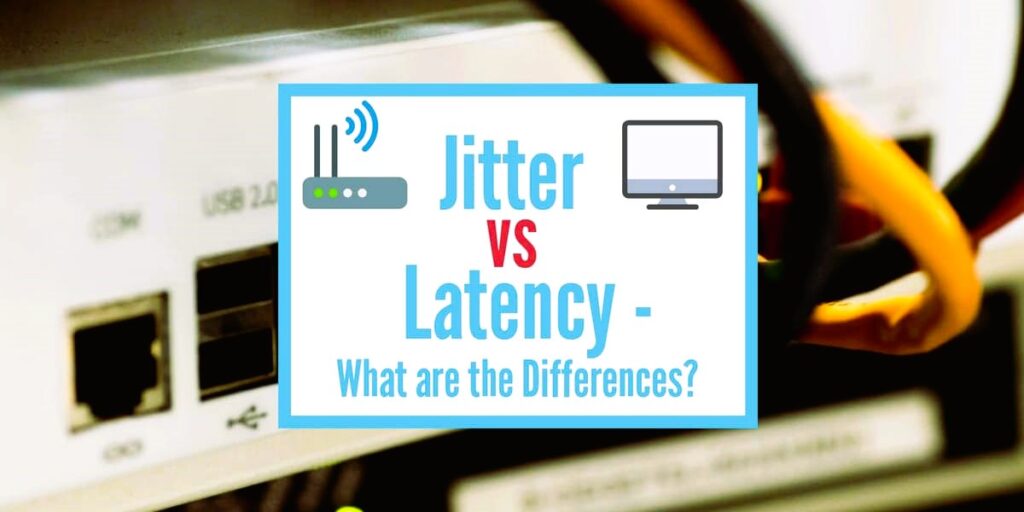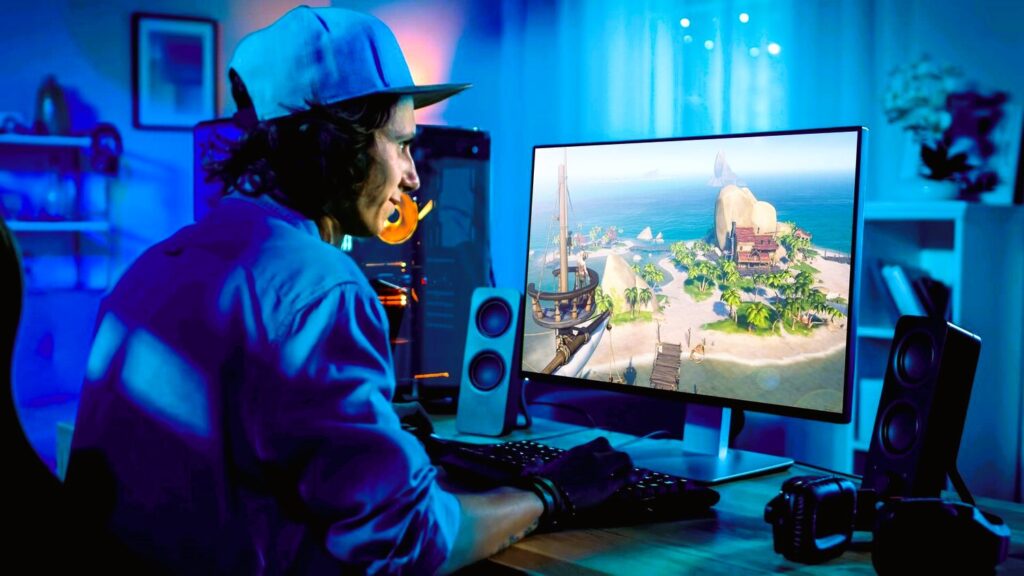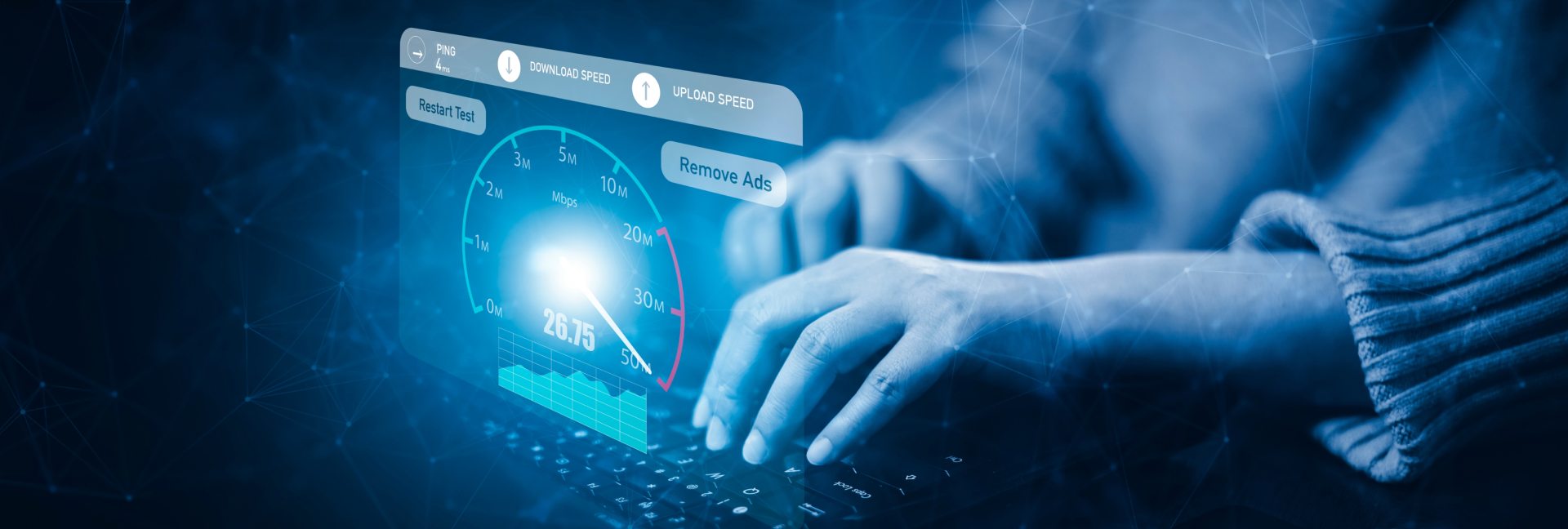For gamers, especially in the competitive arena, a stable internet connection is just as crucial as a well-practiced strategy or high-quality gear. While terms like ping and latency are often discussed, jitter—another critical factor—often goes unnoticed. Understanding jitter and its impact on gaming latency can make the difference between seamless gameplay and frustrating interruptions.
In this article, we’ll explore what jitter is, how it affects gaming, and what steps you can take to reduce it for an optimal gaming experience.
1. What is Jitter?
Jitter refers to the variation in the time it takes for data packets to travel from one point to another in a network. Ideally, these packets should arrive at consistent intervals. However, network congestion, poor connection quality, or other factors can cause irregularities, leading to jitter.
How is Jitter Measured?
Jitter is typically measured in milliseconds (ms). A lower jitter value (under 20ms) is considered good for gaming, while higher values can result in noticeable performance issues.
2. Jitter vs. Latency: What’s the Difference?

While jitter and latency are related, they are not the same:
- Latency: The total time it takes for a data packet to travel from your device to the server and back.
- Jitter: The inconsistency or variation in this travel time.
Even with low latency, high jitter can disrupt gameplay, as it causes unpredictable delays in packet delivery.
For example, in games like Fortnite or Call of Duty, high jitter may result in delayed commands, inconsistent movements, or opponents appearing to teleport—a phenomenon known as rubberbanding.
According to Wikipedia, jitter is one of the primary causes of lag spikes in real-time applications like gaming and video calls.
3. How Does Jitter Affect Gaming?
Real-Time Communication
Gaming relies heavily on real-time data exchange. Every action, from firing a weapon to moving a character, is sent to the server and mirrored on other players’ screens. Jitter disrupts this synchronization, leading to delayed or inaccurate actions. Did you like the article? Read also about Understanding Jitter.
Impact on Gameplay
- Rubberbanding: Your character moves back and forth unpredictably due to delayed packet delivery.
- Missed Shots: In first-person shooters, high jitter can cause your shots to miss their mark, even if your aim was perfect.
- Dropped Frames: In fast-paced games, jitter can cause inconsistent frame rates, making it harder to react to in-game events.
As IGN notes, consistent network performance is critical for competitive eSports, where even minor disruptions can alter the outcome of matches.
4. Causes of High Jitter
Several factors contribute to high jitter:
- Network Congestion: Too many devices using the same network can overload it, causing packet delays.
- Wi-Fi Interference: Wireless connections are more prone to interference, leading to packet loss and jitter.
- Distance from the Server: The farther your device is from the game server, the higher the likelihood of jitter.
- Poor ISP Infrastructure: Some internet service providers may have outdated or poorly maintained infrastructure.
- Background Applications: Apps running in the background can consume bandwidth, increasing jitter.
5. How to Measure Jitter
Jitter can be measured using online tools like Speedtest or PingPlotter. These tools analyze your connection by sending multiple packets to a server and measuring the variation in their arrival times.
Optimal Jitter Levels for Gaming
- Excellent: Below 5ms
- Good: 5-20ms
- Poor: Above 20ms
Consistently low jitter ensures smooth and responsive gameplay, especially in fast-paced genres like MOBAs and FPS games.
6. Reducing Jitter for a Better Gaming Experience
1. Use a Wired Connection
Ethernet cables provide a more stable and faster connection than Wi-Fi, reducing jitter and latency.
2. Optimize Router Settings
- Enable Quality of Service (QoS) features to prioritize gaming traffic.
- Update your router firmware to the latest version for improved performance.
3. Close Background Applications
Shut down bandwidth-heavy apps like video streaming or large downloads while gaming.
4. Choose a Closer Server
Most games allow players to select servers. Choose one geographically closer to minimize both latency and jitter.
5. Upgrade Your Internet Plan
Opt for a plan with higher bandwidth to accommodate multiple devices and reduce network congestion.
For additional tips, check out Fandom, where gamers share insights on optimizing connections for specific titles.
7. Jitter in Competitive eSports

In professional gaming, jitter is a critical concern. Teams often invest in dedicated connections or even private networks to ensure minimal jitter during tournaments.
Examples of Jitter in Action
- League of Legends: Delayed actions can lead to mistimed abilities, costing teams valuable seconds.
- CS:GO: High jitter can result in misaligned shots, giving opponents an unfair advantage.
- Overwatch: Synchronization issues due to jitter can disrupt team strategies, leading to unexpected losses.
As noted by IGN, some eSports tournaments employ strict network requirements, including maximum jitter thresholds, to ensure fair play.
8. The Future of Jitter Reduction in Gaming
Emerging technologies like 5G and fiber-optic internet promise to reduce jitter by providing faster and more stable connections. Additionally, advancements in gaming servers and cloud infrastructure will further minimize jitter-related disruptions.
Companies like Google Stadia and NVIDIA GeForce Now are pioneering cloud gaming platforms that aim to eliminate traditional connectivity issues, including jitter. However, widespread adoption depends on consistent high-speed internet access globally.
Jitter is a silent enemy for gamers, often lurking unnoticed until it disrupts critical moments. By understanding its causes and effects, and taking proactive steps to reduce it, players can ensure smoother gameplay and enhance their overall gaming experience.
For more information on internet speed and gaming standards, visit trusted sources like Wikipedia.

